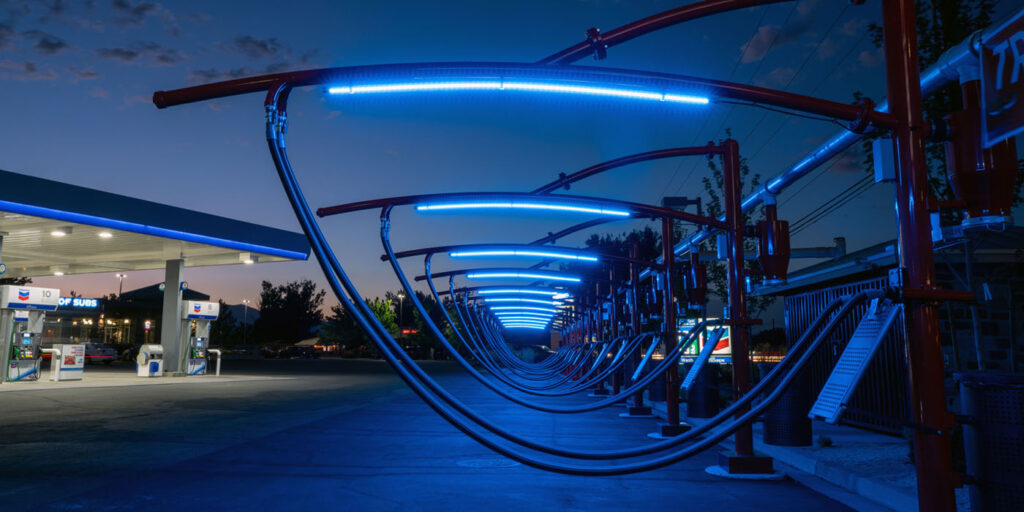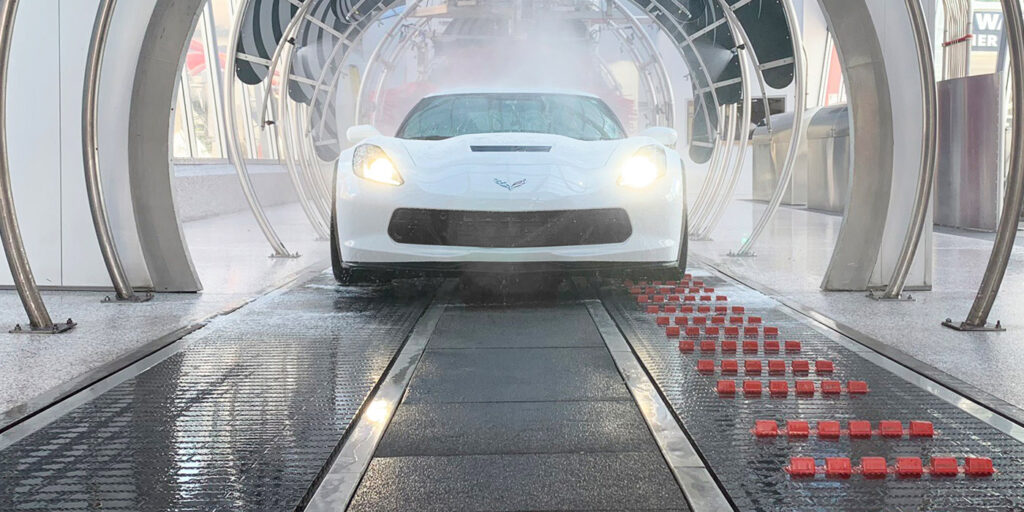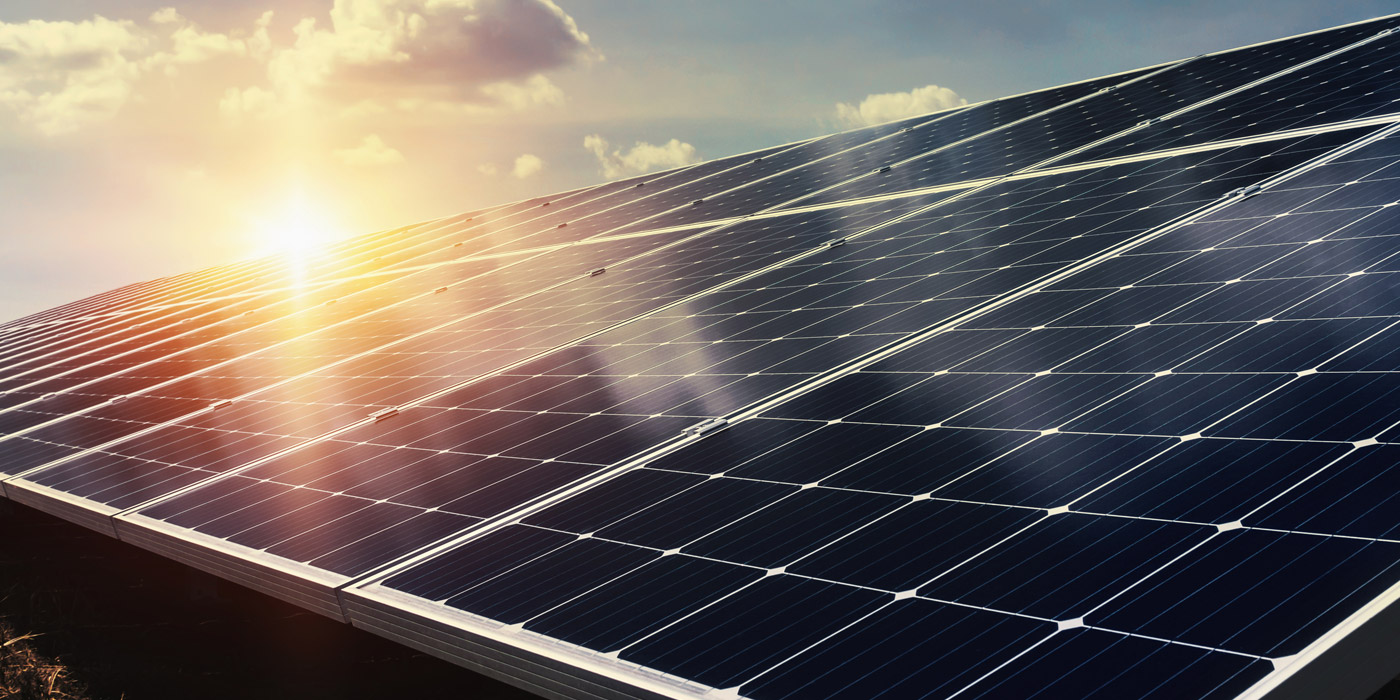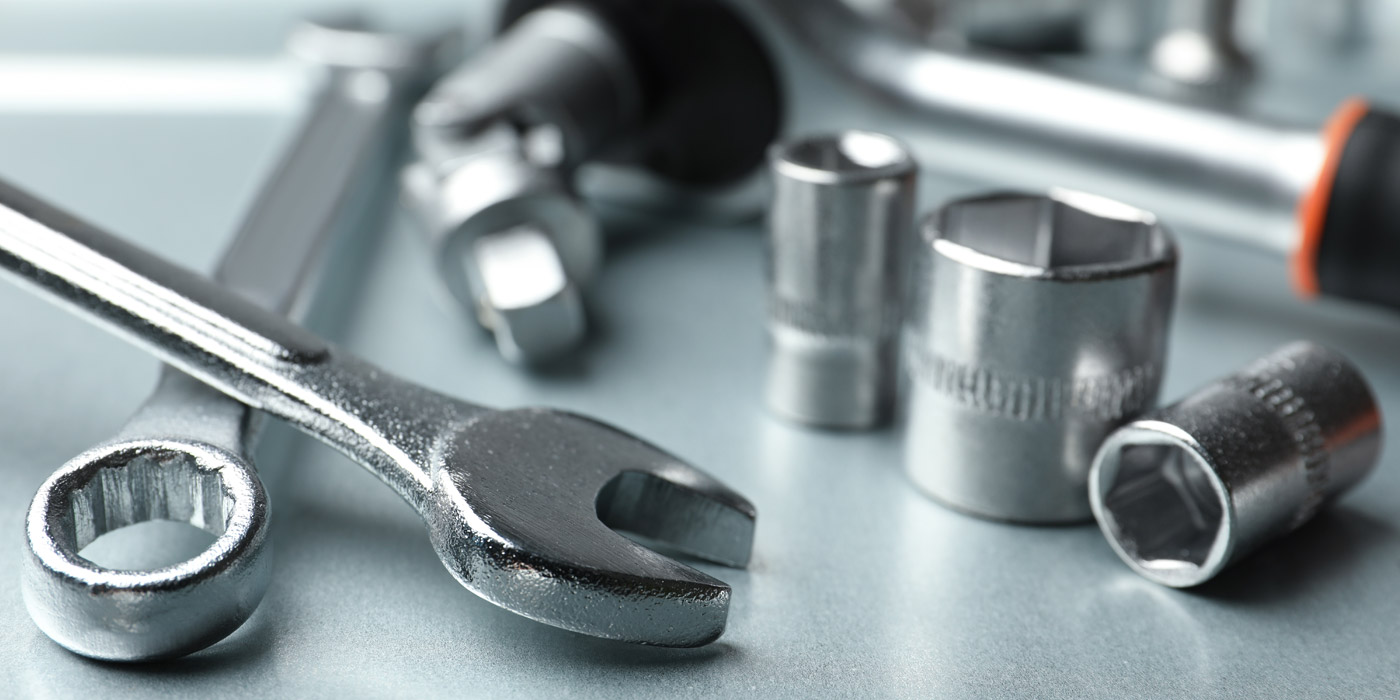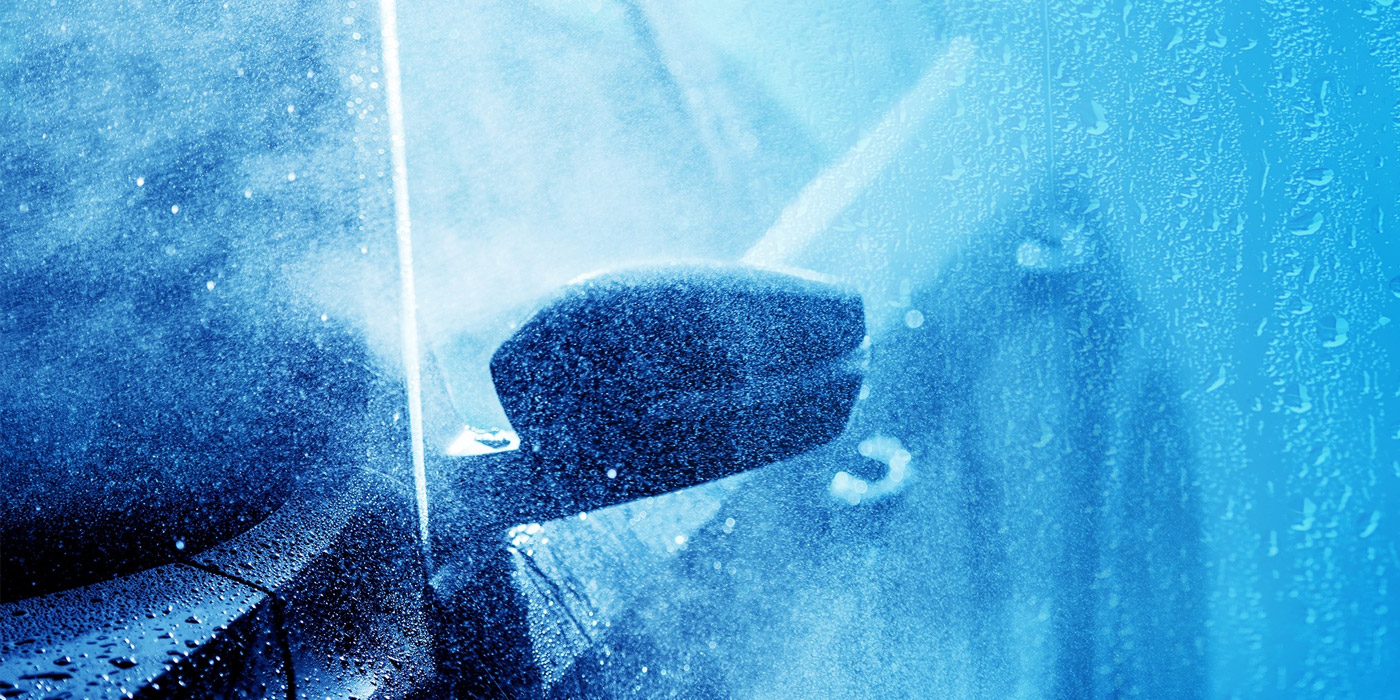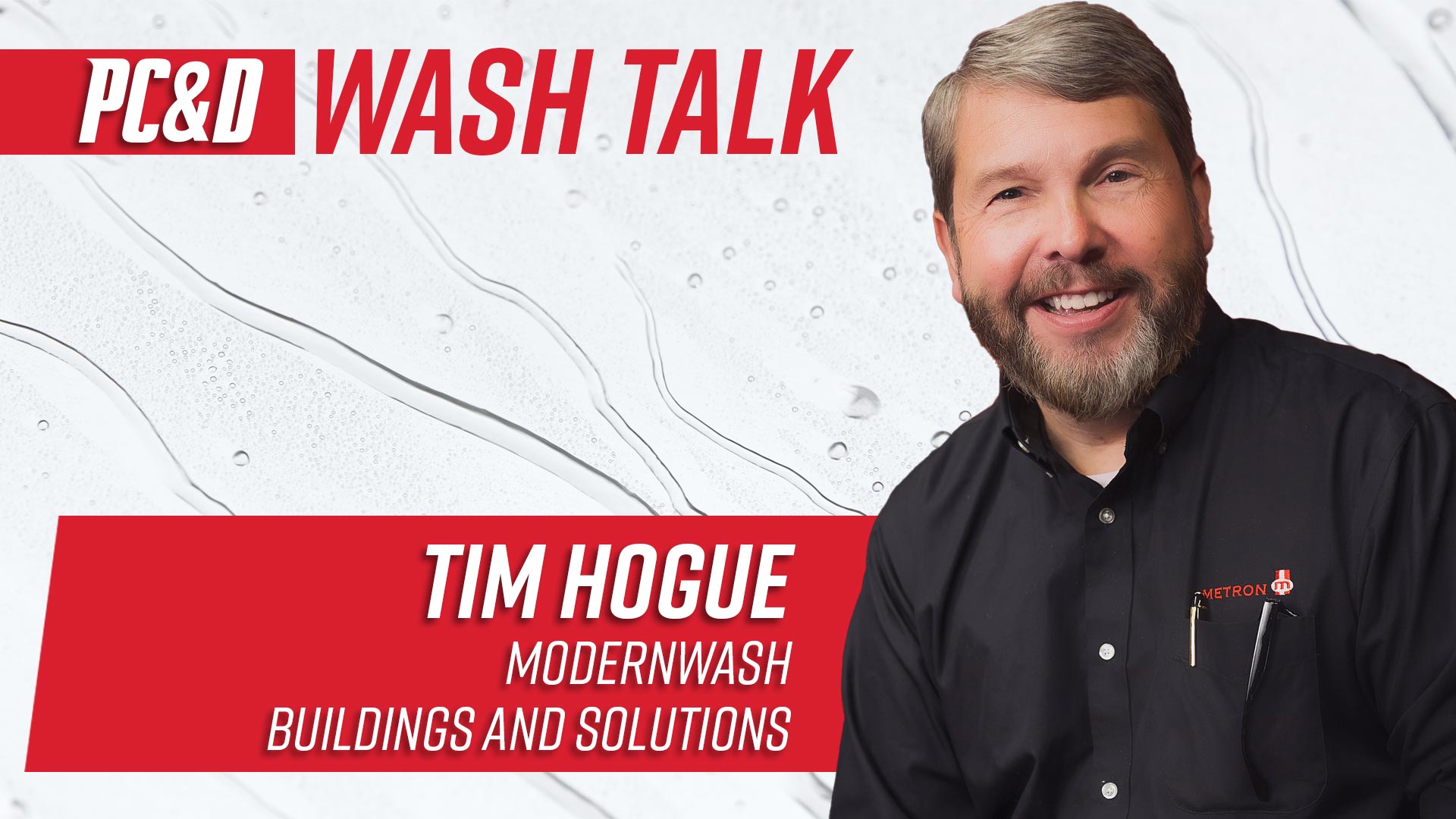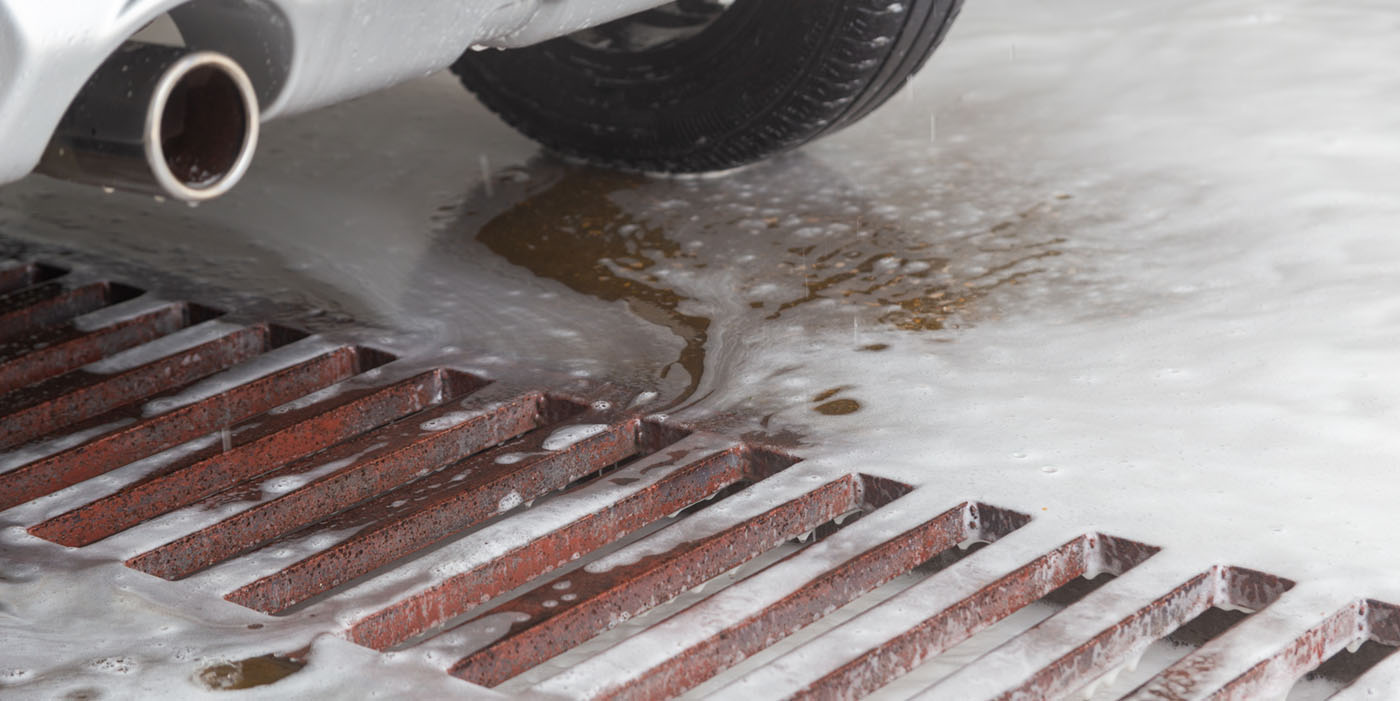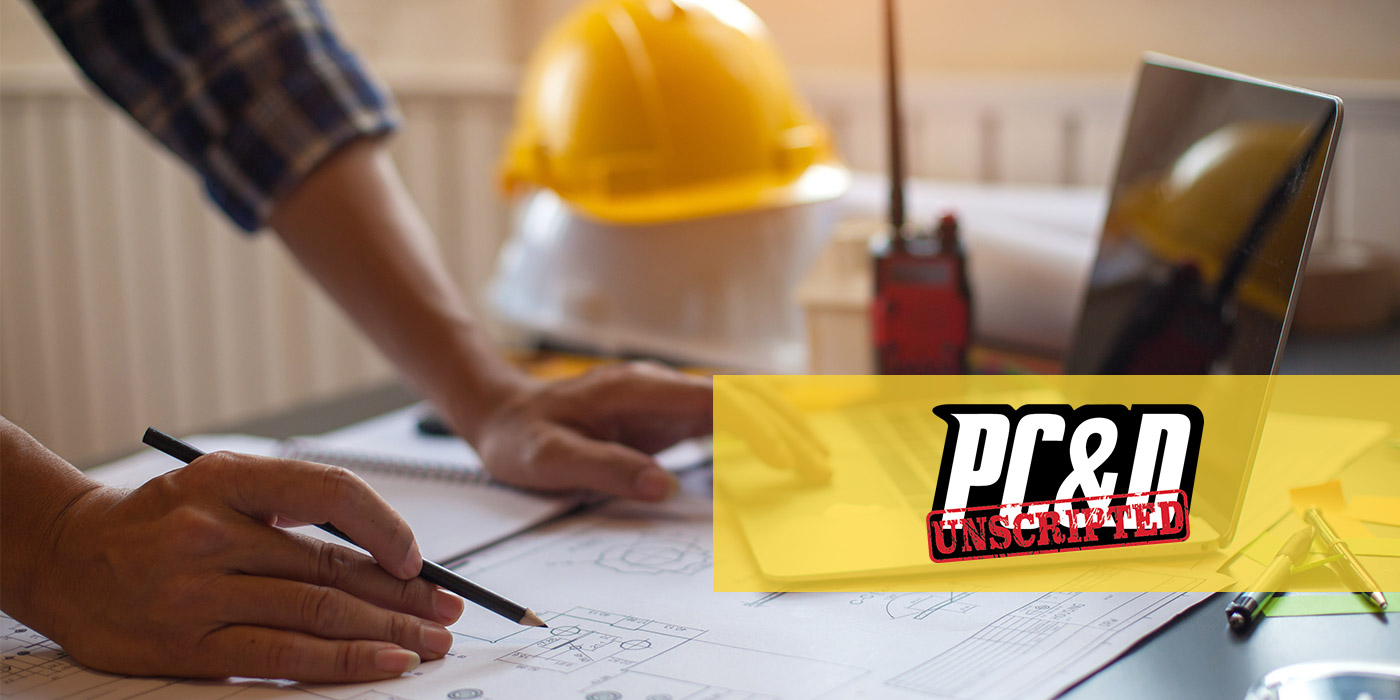Shiny exteriors create a demand for clean interiors, meaning customers are increasingly looking for — and expecting to find — vacuums at their local carwashes.
But, not just any old vacuums.
Customers are becoming more sophisticated in their expectations of just how powerful a vacuum system must be in order to tackle kid crumbs and dog hair more quickly and more conveniently. So, to design the ideal central vacuum system, you simply determine the number of desired drops and find a corresponding horsepower need, right?
It’s simply … not that simple.
There are a number of often-overlooked factors that come into play when designing a central vacuum system that offers impressive power and delivers the optimal customer experience.
Usually, the aesthetics and accessories of vacuum systems get all the attention: eye-catching colors, awnings, great signage and handy accessories.
Those components matter, but what wash operators say their customers rave about most is the performance and power of a good vacuum system. On the flipside, what customers are typically quickest to complain about is weak vacuum performance.
Consider the factors in this article, work them into your system design, and you’ll have customers saying, “These vacuums really suck!” Sorry, that vacuum pun never gets old.
Vacuum systems are most effective — and powerful — when designed or engineered by a seasoned industry expert. Rather than feel as if you need to tell your vacuum vendor what equipment you need, work with a professional who will consider the following factors and make recommendations based on the unique aspects of your site. Reputable vacuum experts will ask many more questions than simply how many drops you want before telling you what horsepower is needed.
Define ‘drop’
In the vacuum industry, we often hear customers say they want a certain number of “drops.” A better way to think of this is: How many customers do you want to be able to provide vacuum to simultaneously, and how many hoses does that translate to?
Picture this: Two customers pull into side-by-side vacuum spaces on your carwash lot. The driver on the left wants to vacuum her passenger side first. The driver on the right wants to vacuum his driver’s side first. But, there’s only one vacuum hose — so who gets to go first? What happens to the other driver? He or she waits around, likely growing impatient and frustrated with wasting time. Perhaps he or she opts to vacuum the other side of the vehicle first. But what if there’s a neighbor there and the hose is in use? More waiting, more frustration.
Related: More booms for your buck
Offering dual hoses is the solution. No waiting makes for happier customers. And, no waiting means customers move on and off your wash lot faster, improving throughput in your vacuum plaza.
So, when you think about designing your vacuum system, don’t think of it in terms of “drops” and parking stalls; think in terms of number of hoses, being sure to offer two hoses per stall.
Factor in the number of hoses
The number of hoses you have on your vacuum line changes the amount of air flowing through your vacuum system. Each time a hose is pulled out of its holder, more air flows into the system, which impacts what is commonly referred to as suction.
Therefore, you need to account for how many hoses you will have throughout the vacuum plaza. Undercounting hoses will result in decreased suction and unhappy customers.
Play for peaks
Customers place a high value on their personal speed and convenience, and they select carwashes that optimize both for them. So, let customer expectations guide you when you plan your system.
Assume that at peak times, most or all of your hoses will be in use. On busy, sunny weekends, vacuum plazas are often fully occupied — increasing the need for a strong vacuum system that lets people get in and out quickly.
If your system is designed to offer peak performance when only half the vacuum hoses are pulled, customers may be frustrated when the suction decreases during busy times. Design your system such that it will offer an acceptable amount of suction and air flow even at the busiest times.
Consider elevation
Believe it or not, your site’s elevation plays a role in the design of your vacuum system. Elevation impacts a vacuum’s ability to create the same suction level and air flow through the system. For example, higher elevations require different turbine designs relative to those that would be suitable for lower elevations.
Power equipment is the system’s heart
This is the part where we talk about horsepower — but bigger isn’t always better when it comes to vacuum systems. Don’t rush to simply install more horsepower without considering what else is tied to the horsepower.
At their core, central vacuum systems include a turbine (which is the vacuum producer or motor) and a separator (the piece that collects the debris and filters the air). Proper sizing relative to your needs (think back to your number of hoses, elevation, etc.) will guide you to what size turbine (vacuum producer) you need for your system.
Quality of all the components is crucial to the system operating well. For instance, a poor-quality turbine with hefty horsepower is still a poor-quality turbine.
Look for power equipment made of durable materials and solid construction with years of design innovations and manufacturing experience behind it. Ask industry experts for their recommendations for a manufacturer in terms of longevity, performance and warranty.
Look for the experts
Overwhelmed by all of the above? A little rusty on the physics behind air flow and performance? Find a trusted vacuum expert, and he or she will make the process very streamlined. If the vendor is considering these factors, chances are good you’ve found an experienced professional who will design you a robust system that delivers the performance and power your customers are looking for.
Camden Easterling has worked on the vacuum side of the carwash industry since 2014, including serving as Vacutech’s director of marketing.

